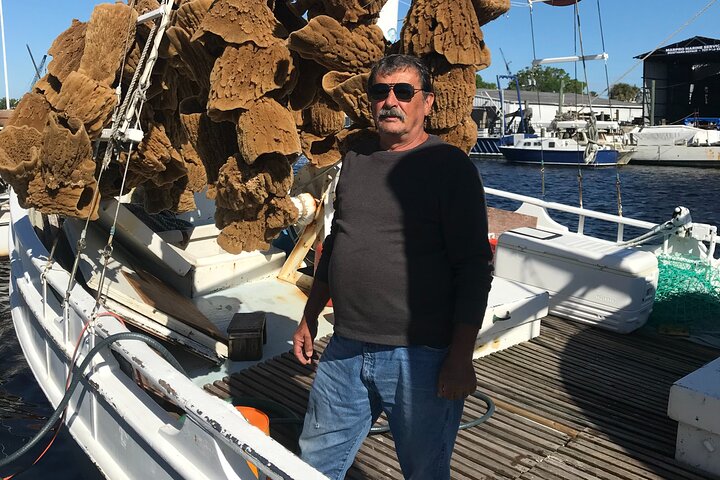Whispers of the Past: Exploring Tarpon Springs’ Hidden History
Drawn by the allure of history and the promise of untold stories, I embarked on the Tarpon Springs History Tour. This journey through time offered a glimpse into the city’s early settlement and the famed Sponge Docks, revealing the rich tapestry of culture and industry that shaped its identity.
A Journey Through Time: The Streets of Tarpon Springs
The sun hung low in the sky, casting long shadows over the cobblestone streets of Tarpon Springs. I found myself drawn to this place, a city that whispered tales of its past through the cracks in its pavement and the creak of its wooden docks. The Tarpon Springs History Tour promised a glimpse into the early settlement and the famed Sponge Docks, and I was eager to uncover the stories hidden within its historic heart.
As our street-legal golf cart rolled through the streets, I felt a sense of nostalgia wash over me. The Victorian-style homes lining Spring Bayou stood as silent sentinels, guarding the secrets of the Golden Crescent. Each house seemed to hold a story, a fragment of the city’s history etched into its weathered facade. Our guide spoke of the city’s founding, of the people who had shaped its destiny, and I was reminded of the forgotten corners of Eastern Europe, where history lingers in the air like a ghostly presence.
The Safford House Museum was a testament to the city’s past, a restored relic of one of its founders. As I wandered through its rooms, I could almost hear the echoes of conversations long past, the laughter and the sorrow that had once filled its halls. It was a place where time seemed to stand still, a portal to a bygone era.
The Echoes of Industry: The Sponge Docks
The Sponge Docks of Tarpon Springs were alive with activity, a bustling hub that had once driven the city’s economy. The air was thick with the scent of salt and sea, a reminder of the ocean’s ever-present influence. As I walked along the docks, I could see the remnants of a once-thriving industry, the boats bobbing gently in the water, their hulls weathered by time and tide.
Our guide shared tales of the sponge divers, brave souls who had ventured into the depths to harvest the sea’s bounty. Their stories were woven into the fabric of the city, a testament to the resilience and determination of those who had called Tarpon Springs home. It was a narrative that resonated with me, echoing the tales of survival and perseverance I had encountered in my explorations of Soviet-era cities.
The Saint Michael Shrine stood as a beacon of hope, a place of miraculous healing that had drawn pilgrims from far and wide. Its story was one of faith and redemption, a reminder of the power of belief in the face of adversity. As I stood before its altar, I felt a sense of peace, a connection to something greater than myself.
A Tapestry of Culture: The Heart of Tarpon Springs
The final leg of our journey took us to the heart of Tarpon Springs, where the city’s cultural tapestry was woven together in a vibrant display. The St. Nicholas Greek Orthodox Cathedral loomed majestically, its architecture a testament to the city’s rich heritage. As I gazed upon its exterior, I was reminded of the grand cathedrals of Moscow, their spires reaching towards the heavens in a silent prayer.
The Tarpon Springs Historical Train Depot Museum and the Cultural Center were windows into the city’s past, each artifact a piece of the puzzle that formed its identity. As I explored these spaces, I felt a sense of kinship with the city, a connection forged through shared history and experience.
As the tour came to an end, I found myself reflecting on the stories I had uncovered, the lives that had shaped this city by the sea. Tarpon Springs was a place where history and culture intertwined, a living testament to the passage of time. It was a journey that had left an indelible mark on my soul, a reminder of the beauty and complexity of the world we inhabit.








































